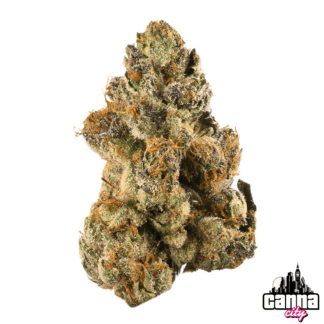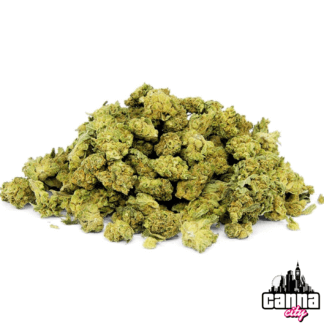The Grower’s Guide to Cannabis Grow Lamp
When it comes down to it, your choice in cannabis grow lights can make or break your high-quality cannabis crop. Let’s see what actually works within individual scenarios in growing.
Why LED Rules Modern Cannabis Growing
Just as HPS systems ruled the indoor garden in prior years, the gold standard in cannabis growing now is LED lights — and rightfully so.
New generation cannabis grow LED lights provide a very usable spectrum output, throw off less heat, and lower electricity costs by a whopping 50% or more! But here’s what most guidebooks will not tell you: LED technology is not created equal.
Matching Your Grow Light to Your Growing Area
Small tent growers (2’ x 2’ or 3’ x 3’) work great with 100–300 watt DSM semiconductor quantum board types. These types of cannabis grow lights provide even coverage and no hot spots. Look for the models with Samsung LM301 diodes — they are the workhorse of the personal grower.
Medium grow areas (4’ x 4’ or 5’ x 5’) require 400–600 watt grow light systems. This is where full-spectrum LED lights for cannabis growing work best.
Spider-type designs with multiple LED bars throw light all the way down through the lower canopy, thereby increasing yields in the area of 15–25%.
Commercial growers need scalability. Modular systems with separate 240 watt light bars allow you to adjust coverage to your evolving garden. Best cannabis grow lights for those types of growers have dimming capabilities for different stages of growth.
Growing Lights for Cannabis: The Spectrum Myth
Where marketing fails, experience succeeds: cannabis does not need any “special” spectrum at all.
The best of the white LEDs (3000–3500K) with added reds (660nm) will do the trick from germination to harvest. Blue-heavy for veg, red-heavy for bloom? That’s old thinking. Full-cycle cannabis growing lights merge both processes and achieve equally impressive results.
Temperature vs. Intensity: The Real Question
On almost all questions pertaining to growing, growers obsess over wattage while overlooking the importance of thermal management. Is LED for growing cannabis more thermally passive than HPS? Yes.
However, powerful fixtures still generate heat around the canopy level. Keep the light 12–24 inches away during high-intensity operation and always check with an infrared thermometer at leaf level.
Target temperature: 75–82°F (24–28°C).
Allow a ±10–12% variation in temperature to balance with light intensity.”
Budgetary Considerations
| Investment Cost | Fixture Type | Life Expectancy | Yield Impact |
| Entry / High ($100–200) | Basic LED panels | 2–3 years | Baseline |
| Intermediate ($300–600) | Quantum boards | 5–7 years | +20–30% |
| Premium / High ($700+) | Full-spectrum bars | 8–10 years | +35–50% |
The math is simple: intermediate levels of cannabis grow lamps pay for themselves within two grow periods through electrical savings and increased yields.
Three Expensive Mistakes in Grow Light Management
- Vertical pursuit of PAR numbers that are not based on real testing conditions.
A light claiming 2000 µmol/s means nothing if it develops hot spots or poor coverage.
Even distribution matters far more than peak readings. - Lack of attention to the driver. The LEDs get all the focus, but the driver determines fixture longevity. Mean Well drivers are the gold standard in the industry — anything else is questionable.
- Lack of a dimmer. Young plants need lower power LEDs — otherwise they stretch or burn out. The dimmer isn’t a luxury; it’s a necessity for healthy growth at every stage.
If you prefer to skip the cultivation altogether — sit back and enjoy.
Visit Canna City and discover a curated selection of cannabis, where each strain is carefully cultivated for quality, potency, and flavor.
Whether you seek relaxation, creativity, or focus, Canna City offers a variety to match every mood and taste.
- All categories
- Bud grinders
- Bud in UK
- Bud pipes
- Cannabis and body
- Cannabis Communities
- Cannabis edible
- Cannabis for Creative
- Cannabis for Energetic
- Cannabis for Euphoric
- Cannabis for feeling Happy
- Cannabis for Focus
- Cannabis for Giggly
- Cannabis for Relax
- Cannabis for Sleep
- Cannabis Growth
- Cannabis high
- Cannabis test
- Cooking with Cannabis
- Halloween weed
- Hash in UK
- High octane strain
- Hybrid in UK
- Indica in UK
- Moderate THC
- Sativa in UK
- THC Flower in UK
- THC Hybrid
- THC in UK
- THC Vape
- Weed accessories
- Weed and weight gain
- Weed for beginners
- Weed hangover
- Weed joints
- Weed oil in UK






